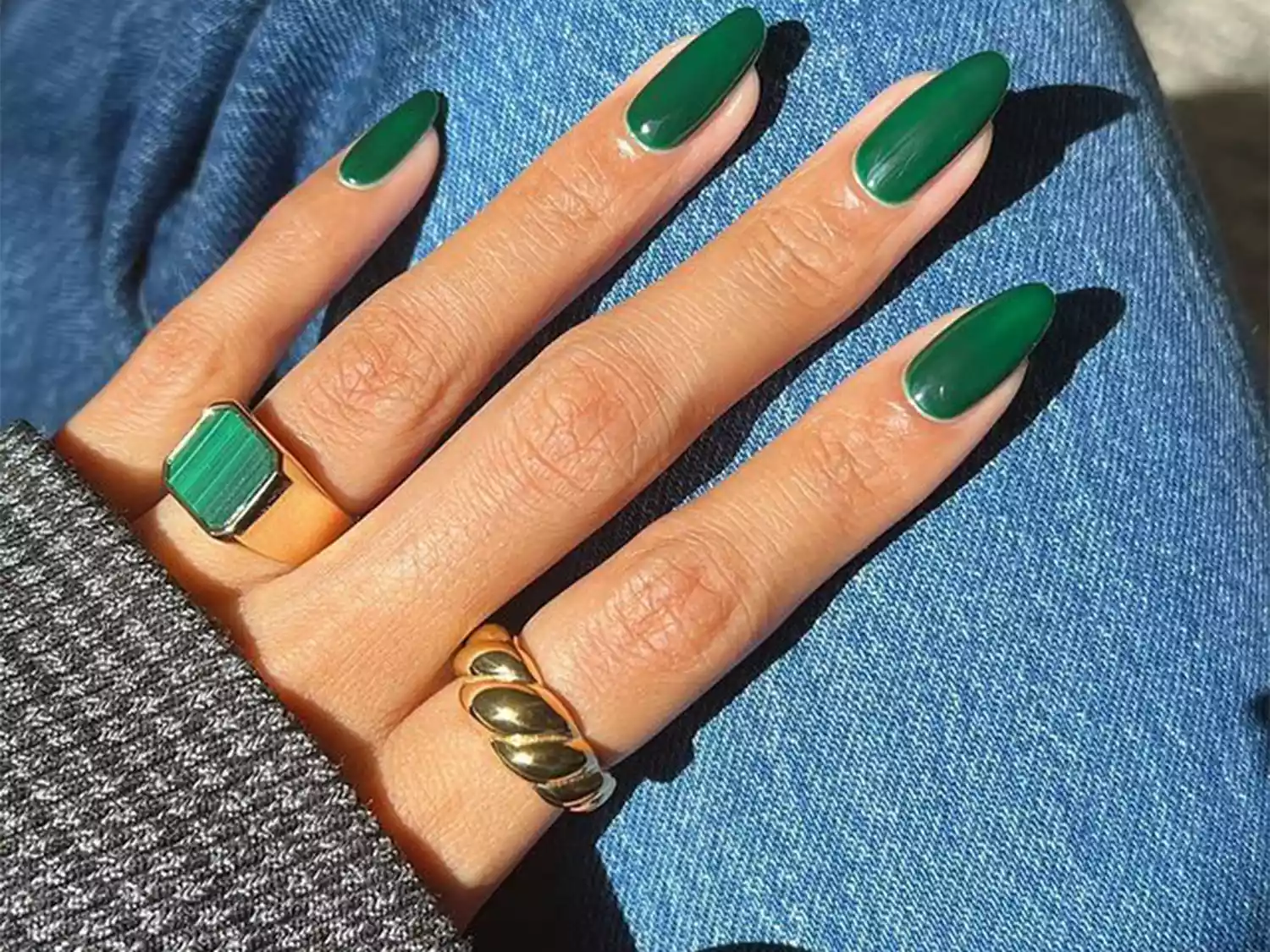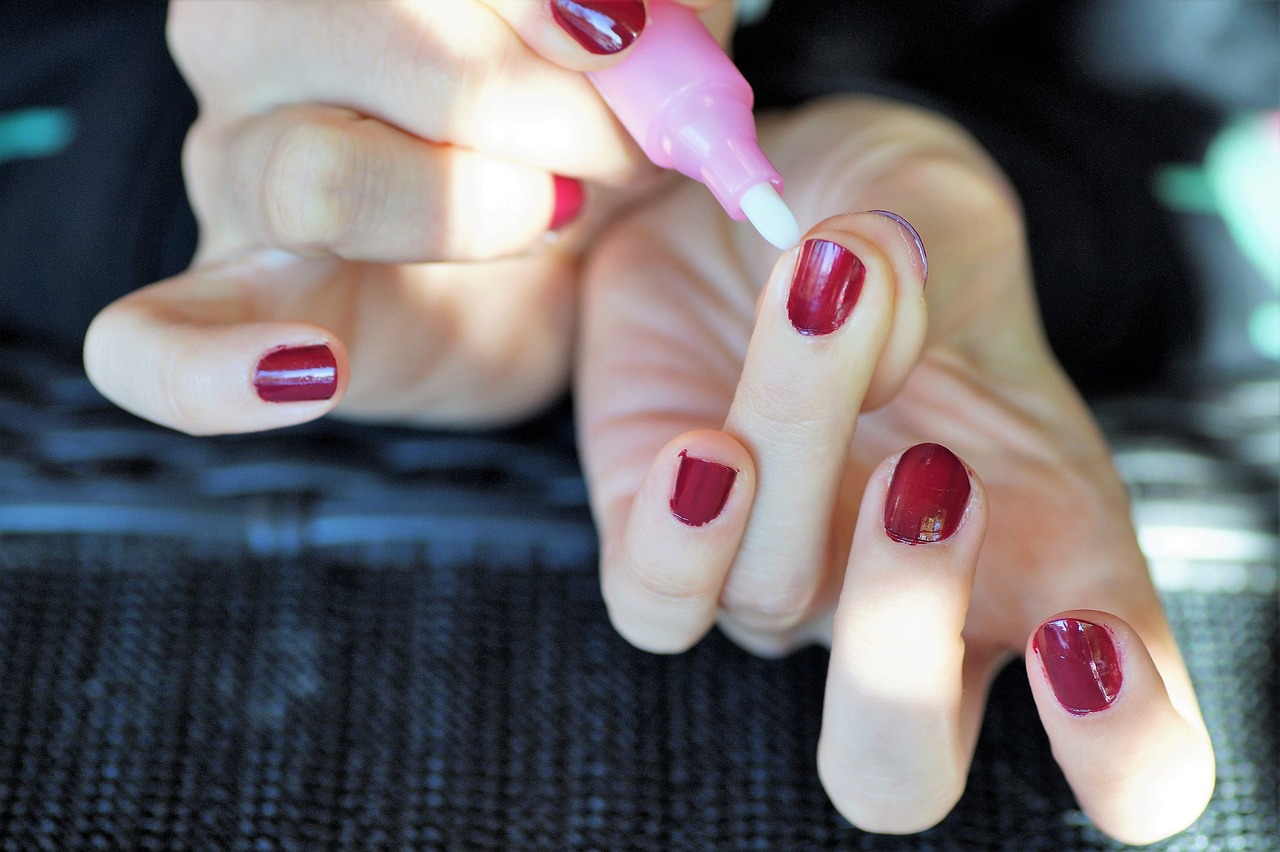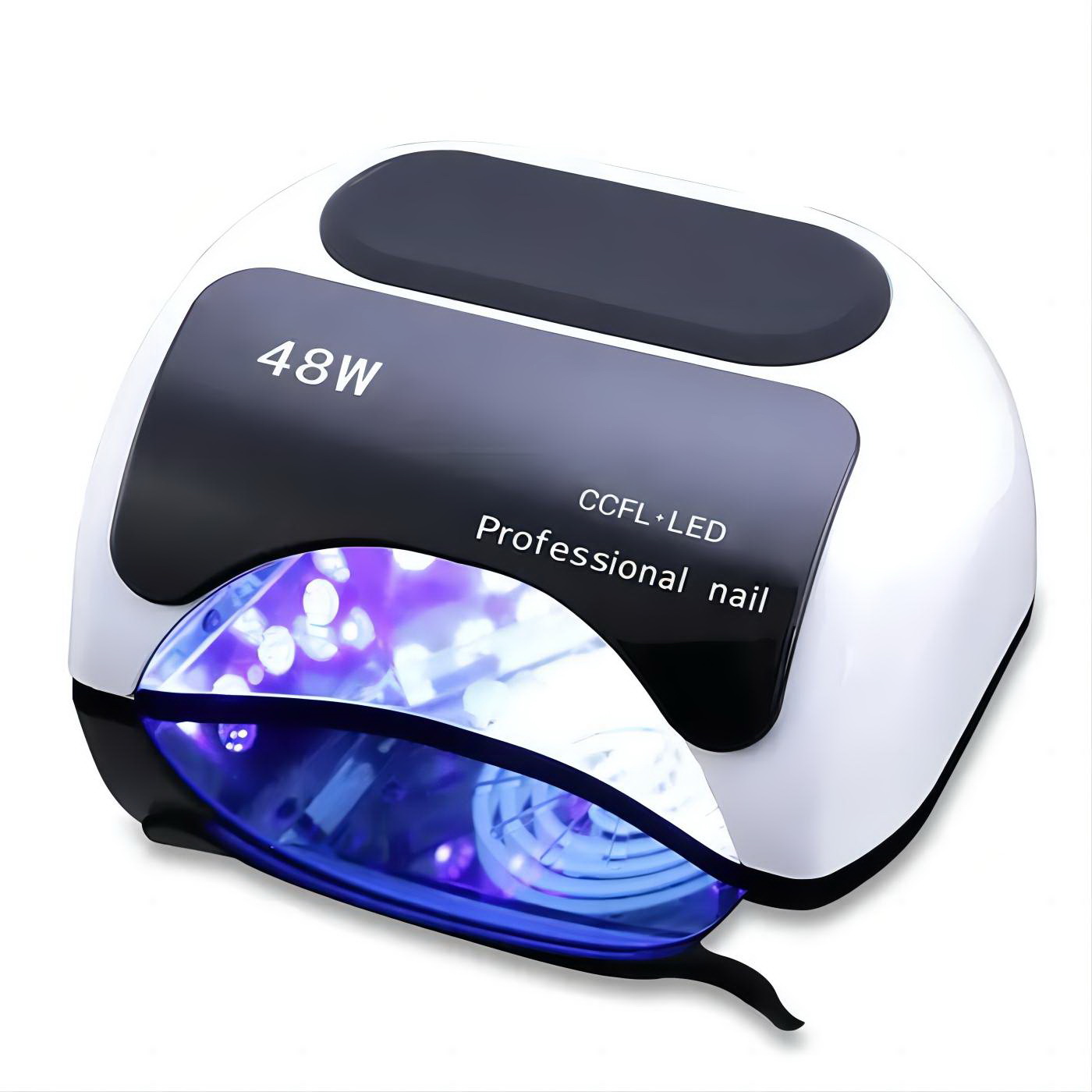
How to Determine the Safety of a 220W Nail Lamp?
Are you curious about the safety of 220W nail lamps? Delve into the intricacies of their working principles, internal structures, and prevalent types with us. In this comprehensive guide, we aim to provide you with a foundational understanding, addressing your concerns and ensuring a secure and informed experience. Let’s embark on a journey to unravel the essence of 220W nail lamp safety. Understanding the Basic Principles of 220W Nail Lamps In this section, we delve into a comprehensive analysis of the fundamental principles behind 220W nail lamps. This exploration encompasses the intricate workings, internal structures, and prevalent types found in the market. Through detailed explanations, you, the reader, will gain a foundational understanding of the basic principles governing 220W nail lamps. 1.1 Working Mechanism To comprehend the essence of 220W nail lamps, it’s crucial to grasp their intricate working mechanism. The table below outlines the key aspects of their operation: Working Component Function UV/LED Bulbs Emit UV/LED light for curing nail polish. Reflective Interior Enhances light distribution within the lamp. Timer Settings Allows controlled curing durations. 1.2 Internal Structure Unveiling the internal structure provides insights into the device’s design. Here’s a breakdown of the components: Internal Component Description Housing Protective



